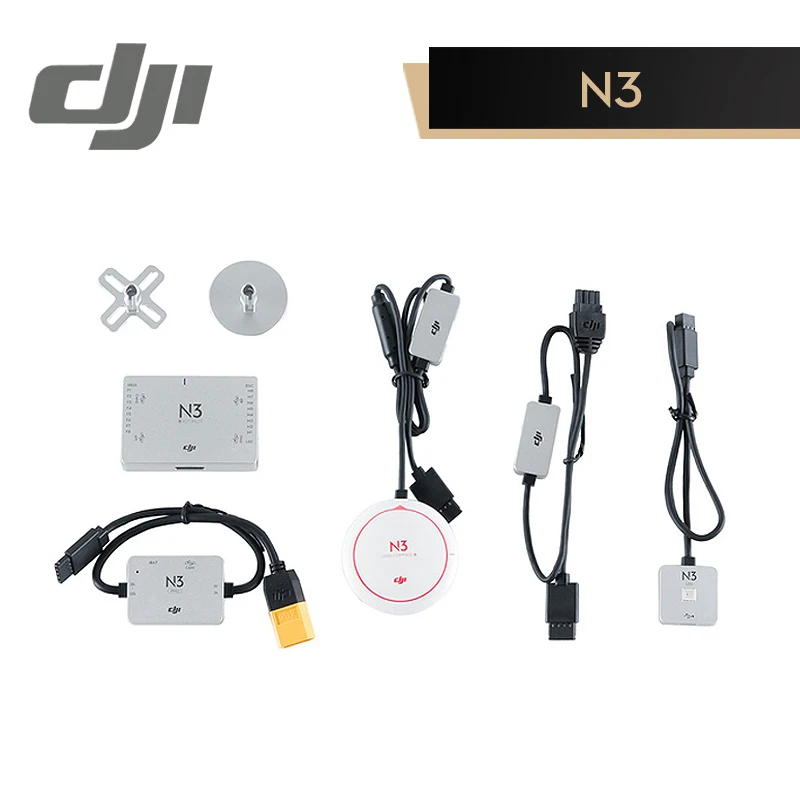

For example, a communication system between UAV and the Ground Control Station (GCS) is essential in order to monitor UAV status various communication protocols are available in the industry. Unmanned Aerial Vehicles (UAVs) used for humanitarian applications require simple, accessible and reliable components. We also find that even with very efficient interference mitigation, existing cellular networks designed for terrestrial users are not capable of meeting the URLLC requirements calling for MC solutions. In our numerical study, we find that providing requirements by single connectivity to AVs is very challenging due to the line-of-sight (LoS) interference and reduced gains of downtilt ground base station (BS) antenna. Our considered use case is ultra-reliable low-latency communication (URLLC) under the finite blocklength (FBL) regime due to the nature of downlink control communication to AVs. We investigate direct air-to-ground (DA2G) and air-to-air (A2A) communication technologies, along with high altitude platforms (HAPs) to explore the conditions of how multi-connectivity (MC) options satisfy the demanding E2E connectivity requirements under backhaul link bottleneck. In this paper, we evaluate reliability and delay for the downlink communication of AVs, i.e., remote piloting, control/telemetry traffic of AVs.
However, their communication connectivity is still under research to realize their safe and full-scale operation, which requires stringent end-to-end (E2E) reliability and delay. In this context communication range and latency of each C2 link has been used as performance criteria.Īerial vehicles (AVs) such as electric vertical take-off and landing (eVTOL) make aerial passenger transportation a reality in urban environments. In addition the HyraCom system has been evaluated by conducting flight tests under real conditions and external influences in VLL (Very Low Level) airspace. In this paper the technical setup, consisting of a (mobile) ground and air module and the basic functionality will be described to meet the requirements from a future UTM system. One of the solutions to find and validate is a redundant communication system to enable reliable data exchange between drone and pilot as well as unmanned aerial system and airspace management system. In the course of City-ATM, DLR works together with several external partners to find, test and validate a variety of solutions which enable such an airspace management system as well as necessary sub-systems and solutions that are needed in such a system. Therefore the drone operator needs on the one hand information about his drone and on the other hand information about the surrounding airspace users. The focal point is on a safe, secure and efficient integration of new airspace users, but also to be robust against failures. The German Aerospace Center (DLR) has started the City-ATM project, which seeks to identify essential components for such a system. Besides the basic regulations many initiatives deal with the question of how a future airspace management system for unmanned and manned airspace users could look like. Several manufacturer offer UAVs, which differ in their size, equipment or performance.

Over the past years the UAV market has grown rapidly and will continue so.


 0 kommentar(er)
0 kommentar(er)
